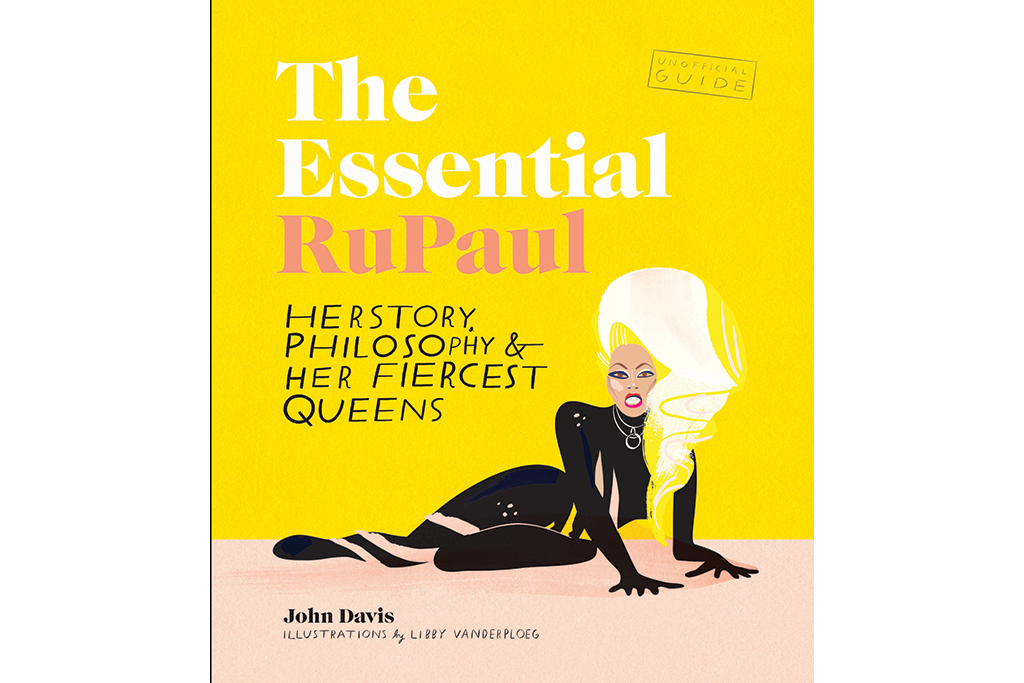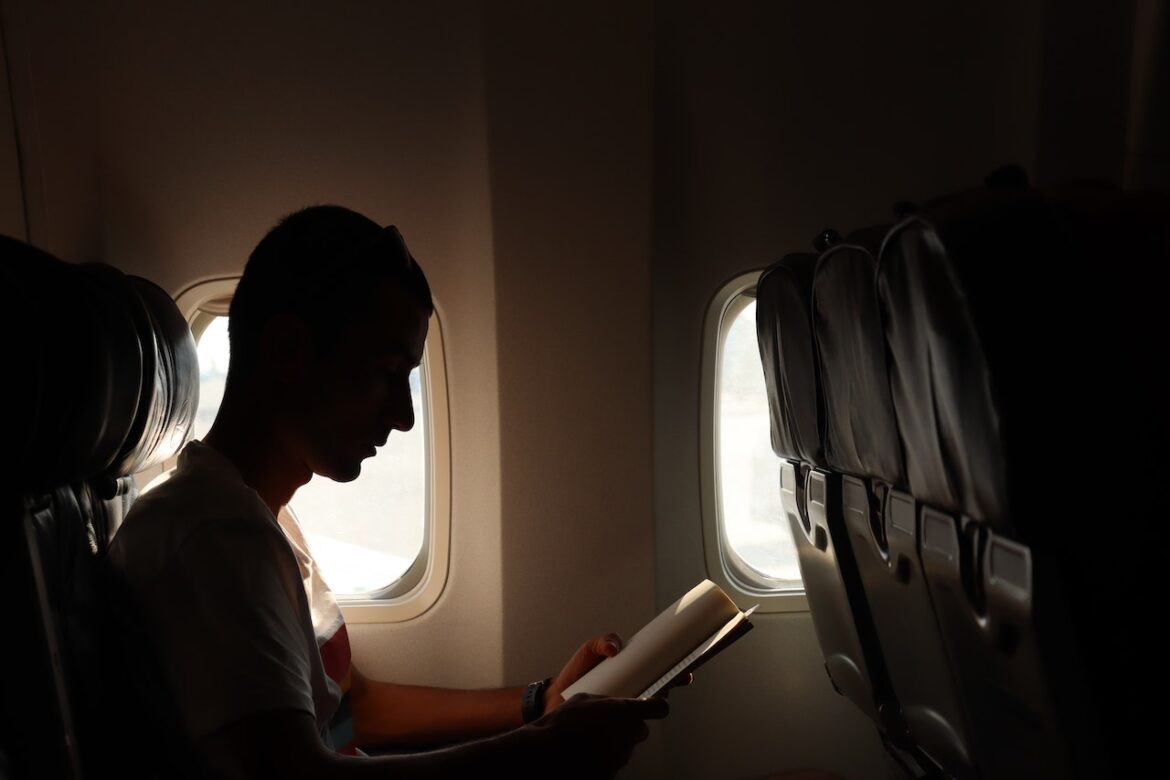‘Twas the night after Christmas, and wherever you look, friends, family, and lovers relax with a book. It’s the one gift they opened, that has opened their thoughts, to art and humor, to poetry and plots. After all the group gabbing, and eating all day, how nice to sit fireside, and let one’s thoughts play, over pages of fantasy, entertainment, and learning. When you give books, they’ll give thanks, and their minds fires will keep burning.
DASHING THROUGH THE SNOW, THE SAND, AND FOREIGN LANDS
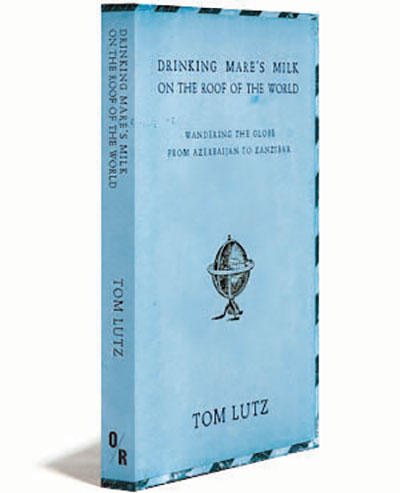
Is it possible to love a trip, voyage of discovery, or a plunge into the unknown, without a sense that we have become larger, better than we thought?” This provocative question is among the endless gems to discover in one of the most unique, joyful travel books to come along in years, Tom Lutz’s Drinking Mare’s Milk on the Roof of the World: Wandering the Globe from Azerbaijan to Zanzibar (OR Books, $20. www.orbooks.com). Lutz, the proudly self-educated editor of the Los Angeles Review of Books, takes his notebook jottings from decades of worldwide flitting and flaneurism, polishes them into anecdotes that would play well across barstools (the Moroccan drug scam; the limo breakdown on the way to an Albanian wedding; the raft ride to a jungle temple in Sri Lanka), then weaves them together with gentle philosophical musings on topics including his disinterest in planning itineraries, the value of traveling alone, the meaning of home. “I thought I might, in the course of telling these stories,” he writes in his closing pages, “arrive at some conclusion about what it all means. But my thoughts processed in the same mode as my travel—I get lost.” That’s not a complaint, it’s an inspiration. Lutz shows us that there’s great value to be found in being lost.
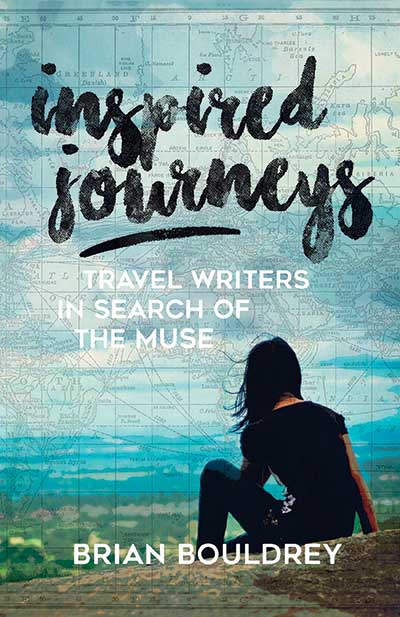
Taking a very different point of view than Thomas Lutz, are the authors whose short memoirs recount trips with very specific goals in Inspired Journeys: Travel Writers in Search of the Muse (University of Wisconsin Press, $24.95. www.uwpress.wisc.edu). Edited by Brian Bouldrey, whose own books include Honorable Bandit: A Walk Across Corsica, the 17 pieces here are divided into two sections: “Chasing the Muse,” features accounts of pilgrimages to key places in the lives of beloved authors and artists: award-winning gay novelist Trebor Healey follows the footsteps (and tire treads) of Jack Kerouac; John Beckman seeks out haunts of the Marquis de Sade; and, as a change of pace, Kimberly Meyer explores the prairie world of Laura Ingalls Wilder. Part two, “Carrying the Bones,” focuses on trips necessitated by personal loss, including Jivin Misra’s account of transporting his father’s remains to the holy Hindu city of Varanasi.” These intimate stories, powerful combinations of adventure and agenda, will open each reader’s mind to potential pilgrimages of their own.
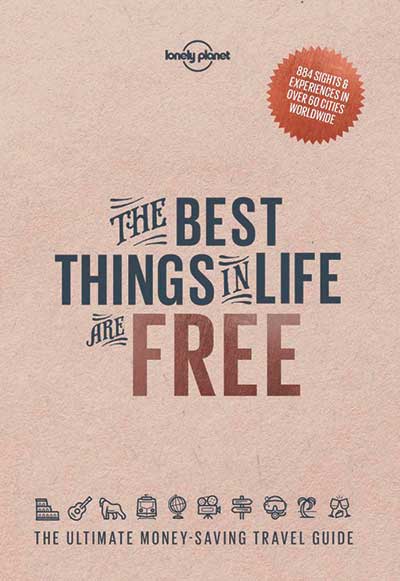
There’s an undeniable appeal to staying at the buzziest hotels, dining at the latest Michelin-starred or glossy magazine-hyped restaurants, and indulging yourself in souvenirs along the world’s great shopping streets. But for the person on your gift list who travels on a budget or, finances aside, seeks out the sort of unique, grassroots experiences that make places not just exciting destinations for travelers, but ongoing sources of fascination for local residents, The Best Things in Life Are Free (Lonely Planet, $22.99. www.lonelyplanet.com/free) is a perfect package. There are 60 chapters detailing no- and low-cost activities in major cities worldwide (Austin, Texas’ cyclone of over a million bats at dusk every night between April and October; Rome’s free admission days the first Sunday each month at the Colosseum and Roman Forum; Toronto’s fabulous Bata museum of shoes) along with alluring themed lists: “Europe’s Best Wild Swimming” includes secret sea caves in Devon, England and a mountain pool on the edge of a waterfall in Corsica; “Asia’s Best Sunsets” steers travelers away from pricey rooftop bars to temples, shrines, and bridges that best show their stuff in the pink and gold of early evening.
FEISTY FEASTING
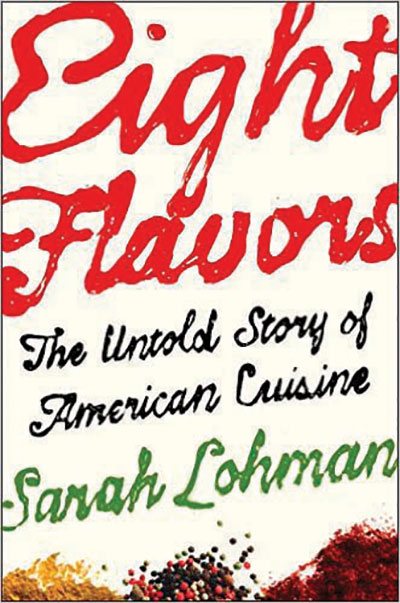
Whether you’re eating in or dining out for the holidays, there’s a book to enhance either experience. In Eight Flavors: the Untold Story of American Cuisine (Simon & Schuster, $26.99. www.fourpoundsflour.com), gastro-historian Sarah Lohman makes a lively and rather unorthodox argument that “American food” is united by eight influential ingredients. Vanilla and black pepper may not raise many eyebrows (despite their far-flung origins), but Lohman’s assertion that MSG and curry powder are bedrocks of Yankee Doodle dining could have many readers itching for an argument. Agree with her or not, by the end of the book, Lohman will win you over with her detailed exploration of how each ingredient was introduced to the country and how it’s impacted our cooking over time.
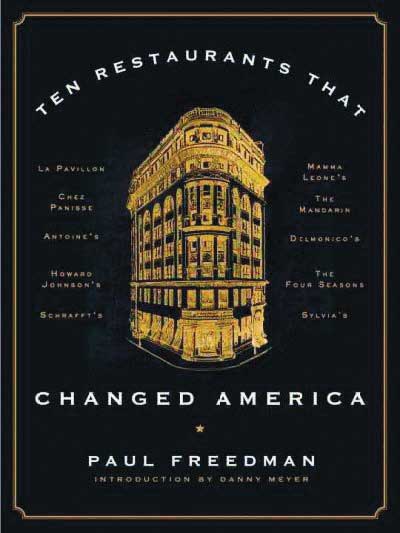
Courting controversy of his own is history professor Paul Freedman with his highly subjective (and quite well-supported) selection of Ten Restaurants that Changed America (Liveright, $35. www.history.yale.edu/people/paul-freedman). From the standardized uniformity of roadside Howard Johnson outlets (which he argues created a template for fast food and fueled the country’s growing car culture) to the high-end simplicity of Alice Waters’ Chez Panisse in Berkeley (which was the training ground for dozens of influential chefs and the birthplace of farm-to-table food ethics) Freedman serves up a banquet of business lore and thoughtful analysis.
HOME FOR THE HOLIDAYS
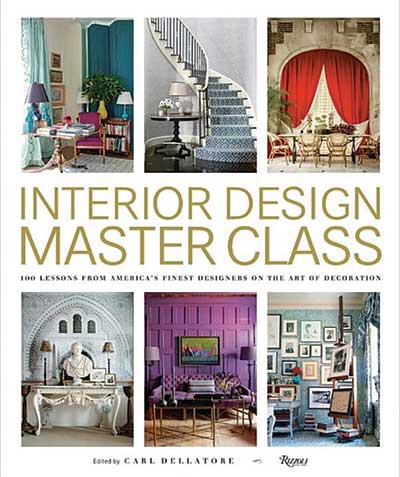
The quiet week between Christmas and New Years is a perfect occasion to hunker down with a cornucopia of creative ideas for enhancing your home in the year to come. Interior Design Master Class: 100 Lessons from American’s Finest Designers on the Art of Decoration (Rizzoli, $50. www.rizzoliusa.com) is an easy-to-read and sumptuously illustrated primer on the principles and practices of interior design. While many of the book’s hundreds of color photographs are more aspirational than practical, the notions they illustrate are graspable and applicable to anyone from small rental tenants to McMansion-dwellers. Decorator Barbara Barry points out the value of analyzing how the sunlight changes over the course of a day when choosing the colors for a room. Matthew White and Frank Webb encourage thoughtful juxtaposition of traditional and contemporary pieces. And Rose Tarlow validates readers of this column when she notes: “A room without books is a room that lacks some visual portent of intelligence.”
SEASONS PAST IN A CHRISTMAS PRESENT
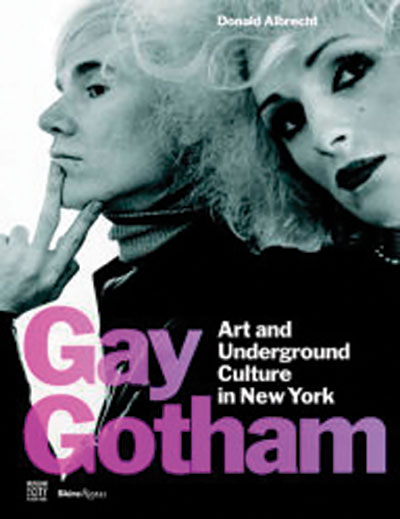
Gay Gotham: Art and Underground Culture in New York (Skira, $60. www.mcny.org/exhibition/gay-gotham) captures the terrific multi-media exhibit of the same name on display at the Museum of the City of New York over the holiday season and through February. Written and edited by curator Donald Albrecht along with Stephen Vider, the book follows organized gay culture in the city from its shadowy though artistically influential presence in the early 20th century, to its vivid post-Stonewall efflorescence, to the fury and tragedy of the AIDS era, to the mainstreaming of gay relationships. Including over 350 compelling photographs, artworks, and other artifacts that convey the essential impact of figures from Leonard Bernstein, to Mercedes d’Acosta, to Assoto Saint, to Keith Haring, this is an ideal gift to give the gay teenagers in your lives. It’s a vital history book unlike anything they’re likely to find in their high school syllabi.
WELL-HUNG BY THE CHIMNEY
Pierre Commoy and Gilles Blanchard are to popular art what the Pet Shop Boys are to popular music: A duo of sly, gay, intellectual tricksters who create work that somehow manage to be passionately expressive and coolly self-aware. Since the pair met in 1976, they’ve created painting-photography hybrids that merge the trappings of celebrity culture: Madonna, Mick Jagger, and Kylie Minogue have all been subjects, with elements of religious iconography and images drawn from classic mythology. Pierre et Gilles: 40 (Flammarion, $60. www.facebook.com/pierreetgillespageofficielle) assembles work from each year of the pair’s collaboration, showing both evolution and a core attitudinal consistency. It’s a sexy retrospective that’s got lots going on beneath its candy-colored surfaces.
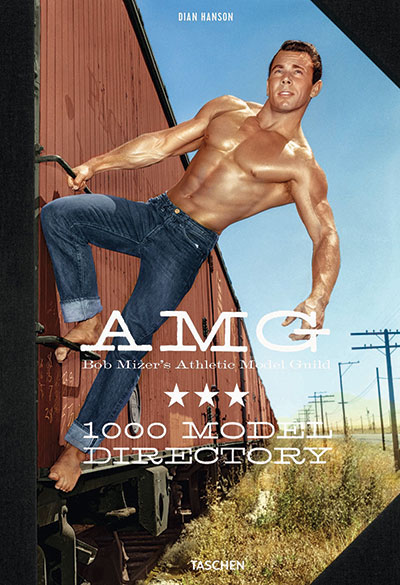
Nevermind the mincemeat, bring on the beefcake! This holiday season’s chunkiest, hunkiest gift book offering is the slipcased two-volume Bob Mizer. AMG: 1000 Model Directory (Taschen, $99. www.bobmizer.org). In the 1940s and 50s Mizer created the Athletic Model Guild to distribute his overtly homoerotic photographs of thong-, posing strap, and swimsuit-clad men. In 1957 and 1968 he published two small books with tiny, 12-per-page photos of his models. Editor Dian Hanson has now overseen the enlargement and reprinting of many of these photographs, supplementing them with a well-crafted historical essay on the creation and distribution of what, when they were first created, skirted the edge of legality, leading to jail time for Mizer and court cases over the nature of obscenity. Whether in old Hollywood-style black and white or saturated in sunny California color, these images are at once titillating and tethered, the sexuality radiating from behind a thin veneer of stereotypical manliness, whether in the form of cowboy hats, military gear, or gladiator drag. The books are accompanied by an hour-long DVD compilation of 18 short films made by Mizer and his models.
MERRY KITSCHMAS
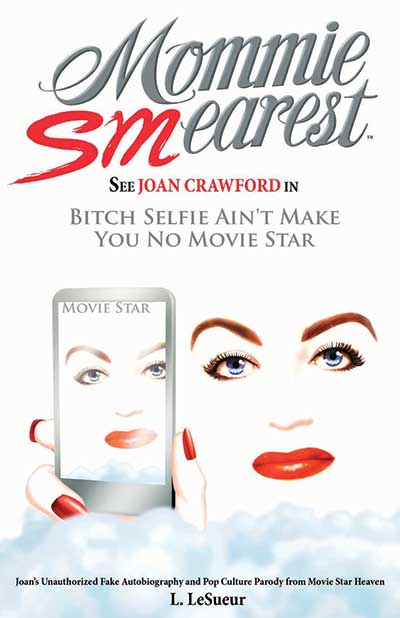
“What if Joan Crawford had beat out Florence Henderson for the role of Carol Brady and went on to beat Bobby, Cindy, and Kitty Carryall? What if she was around today to dish with us about everyone from Monica Lewinsky to Chaz Bono? What if Joan returned from the dead as a gangsta rapper?” One can surely imagine this conversation among your gayest gaggle of friends during a long holiday evening, deep in the wassail. It’s like a queen’s version of fantasy football. Well, now you can stuff your best boyfriends’ stockings with the creative handiwork of pseudonymous self-published prankster L. LeSueur (Lucille Fay LeSueur was Crawford’s given name), whose Mommie Smearest ($16.95, www.mommiesmearest.com) spins all of these notions, and dozens more, into a madcap, rambling afterlife adventure. It ain’t literature by a long shot, but chapters with titles like “Martha Stewart Living: But You Call ME Demanding?”, “Umami Dearest,” “Asshole is the New Appendix,” and “Freak Show at the Mall” read like choice drag monologues stitched into a loose, lively semblance of a novel. And if you feel like lip-syncing along, its even got a promotional theme song: www.youtube.com/watch?v=8OlFhBeRD0g
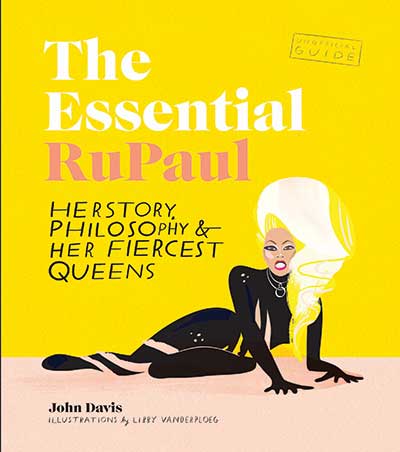
Your guy can’t get enough camp? Trim his tree with Libby Vanderploeg’s festive sketchery and John Davis’ bubbly baubles of prose in the The Essential RuPaul: Her Story, Philosophy & Her Fiercest Queens (Smith Street Books, $14.00. www.smithstreetbooks.com). A slim, hardbound volume perfect for the powder room, its highlight is an illustrated portrait gallery of thirty beloved Drag Race contestants, each accompanied by a pithy mini-bio and quick stats, including their fan-favorite performances (Remember Chad Michaels’ Cher extravaganza? Trixie Mattel’s “Barbie Girl” routine?”). Vanderploeg–not a drag name, by the way–elevates what could have been a slick pop culture throwaway with her highly stylized illustrations, which combine the breezy specificity of fashion sketches with the elegant humor of Fritz Freleng’s old Pink Panther cartoons.


